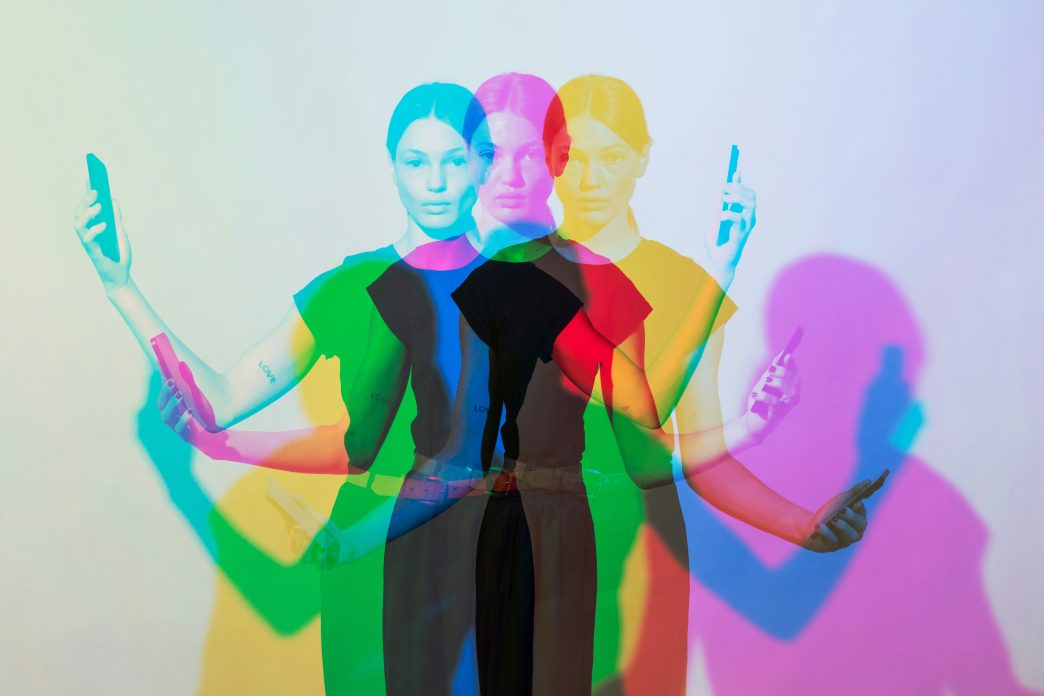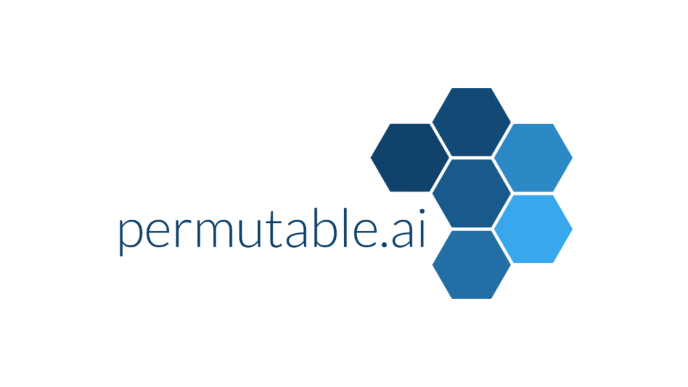Comedy has always been an art form shaped by the times. From the smoky backrooms of underground clubs to late-night television specials, comedians have long relied on traditional stages to deliver their craft. However, the digital age has changed how humor is consumed, giving comedians new avenues to reach audiences beyond the stage. Social media platforms like Instagram, Threads, Mastodon and YouTube are helping comedians refine their voices, expand their audience and remain relevant in an ever-changing industry. Comedians like Gregory Hold, CEO and Founder of Hold Brothers Capital, recognize that adaptability is key to longevity in entertainment.
The shift from live performances to online content has required comedians to rethink their approach, balancing classic stand-up techniques with the demands of digital platforms. This shift has also reshaped the media and investment landscape around comedic content. What was once niche entertainment is now a full-blown industry sector, capturing the attention of venture capitalists, media executives and tech entrepreneurs alike.
The Shift from Live Performances to Digital Platforms
For decades, stand-up comedy followed a clear path. Comedians would hone their craft in small clubs, work their way up to larger venues and eventually land television specials or film deals. Success in comedy was often dependent on networking, booking the right gigs and being discovered by the right industry professionals.
The rise of social media has changed that trajectory. Instead of waiting for a break, comedians can now self-promote and distribute content directly to audiences. Platforms like YouTube allow performers to upload full-length sets, while Instagram and Threads enable short-form comedy that reaches thousands, if not millions, of people instantly. Mastodon fosters a more engaged community where comedians can interact with niche audiences in a more personalized setting.
This shift has removed barriers to entry, making comedy more accessible. Up-and-coming comedians no longer need industry gatekeepers to validate their talent; they can build an audience organically and establish their brand on their terms.
The Role of Social Media in Modern Comedy
Social media has introduced an entirely new format for comedic content. In the past, a joke had to work within a structured routine delivered with precise timing, pacing and audience engagement. Now, comedians must consider how humor translates to short-form videos, meme culture and real-time audience interaction.
Instagram and Threads: These are perfect for punchy one-liners, observational humor and visual comedy through Reels and text-based posts. Comedians can also use Stories to share spontaneous thoughts or audience interactions.
YouTube: The digital equivalent of a comedy special. YouTube allows comedians to post long-form content, create comedic skits and even host live streams where they interact with fans.
Mastodon: A space for building close-knit communities where comedians can share work-in-progress jokes, engage in discussions and cultivate an engaged following.
By adapting content to platform-specific strengths, comedians can keep their audience entertained while refining their comedic identity in real-time.
Maintaining Craft While Adapting to Digital Spaces
While social media provides a powerful distribution tool, comedy still relies on strong writing, timing and delivery. The challenge for comedians in the digital space is maintaining authenticity while navigating shorter attention spans and algorithm-driven content.
To balance these demands, comedians have embraced several strategies:
Experimenting with Different Formats: Some comedians blend traditional stand-up with sketch comedy, reaction videos or even podcast-style storytelling to cater to online audiences.
Testing Material in Real Time: Social media allows comedians to gauge audience reactions immediately. If a joke resonates on Threads or Instagram, it can be expanded into a larger routine.
Engaging with Fans Directly: Unlike traditional stand-up, where feedback is immediate through laughter, online comedians rely on comments, likes and shares to measure impact. Interactive engagement, such as live Q&As and responding to fan input, helps fine-tune material.
Building a Recognizable Brand: In a crowded digital landscape, comedians must have a clear and consistent voice. Whether through a signature style, recurring themes or a distinct way of delivering humor, branding plays a critical role in standing out.
While digital platforms offer new opportunities, comedians must still develop their craft through practice, timing and audience connection, just as they would on a traditional stage.
Challenges of Comedy in the Digital Age
The evolution of comedy in the digital era isn’t without challenges. Social media’s instant nature means that content moves quickly, requiring comedians to produce material at a faster pace while staying true to their comedic voice.
Some of the biggest hurdles include:
Oversaturation: With so many comedians using digital platforms, standing out requires both consistency and originality.
Shortened Attention Spans: Traditional stand-up routines build jokes over time, while social media demands immediate engagement. The challenge is condensing humor without losing impact.
Algorithm Dependence: Social media visibility is often dictated by algorithms, meaning comedians must adapt to platform trends without compromising their authenticity.
Audience Sensitivities: Comedy thrives on pushing boundaries, but digital platforms expose comedians to a wider audience with varying perspectives. Balancing humor with cultural awareness is more important than ever.
Despite these challenges, comedians who master the art of digital adaptation can build sustainable careers while reaching audiences that traditional venues might not allow.
How Live Performances and Digital Content Can Coexist
While social media provides a global stage, live performance remains irreplaceable in comedy. The energy of a live audience, the ability to improvise in the moment and the interaction between performer and crowd are elements that digital platforms cannot fully replicate.
The most successful comedians leverage both formats to complement each other:
Using Online Popularity to Boost Live Shows: A strong social media presence helps comedians sell out venues, as fans are already invested in their content.
Testing Jokes Digitally Before Performing Live: Many comedians gauge audience reactions to written jokes before incorporating them into live routines.
Promoting Shows Through Exclusive Digital Content: Behind-the-scenes footage, teaser clips and personal insights into the comedic process create excitement for upcoming performances.
Rather than replacing stand-up comedy, digital platforms serve as an extension, allowing comedians to engage with fans between live performances.
The Future of Comedy in the Digital Era
As digital platforms continue to evolve, so will comedy. Emerging technologies like virtual reality performances, interactive livestreams and AI-assisted content creation are already reshaping the way audiences experience humor. Comedians who remain adaptable will continue to find new ways to innovate, ensuring their voices remain relevant.
Comedians like Gregory Hold stress that success in comedy requires staying ahead of industry shifts while remaining true to one’s comedic roots. While the tools may change, the essence of comedy, making people laugh and connecting through shared experiences and challenging perspectives, remains the same.
The transition from stand-up stages to social media screens has redefined comedy, offering performers new ways to engage, experiment and expand their reach. Social media is allowing comedians to bypass traditional industry barriers, build their audiences and craft content that resonates in real-time.
However, mastering digital comedy requires more than just posting content. It demands adaptability, creativity and a commitment to honing one’s craft. By blending classic stand-up techniques with digital storytelling, comedians can thrive in a landscape that is constantly evolving. Whether through short-form videos, livestream interactions or long-form digital specials, the next generation of comedy will be defined by those who can balance tradition with innovation. In an era where humor is more accessible than ever, comedians who embrace both live performance and digital engagement will continue to shape the future of comedy.














